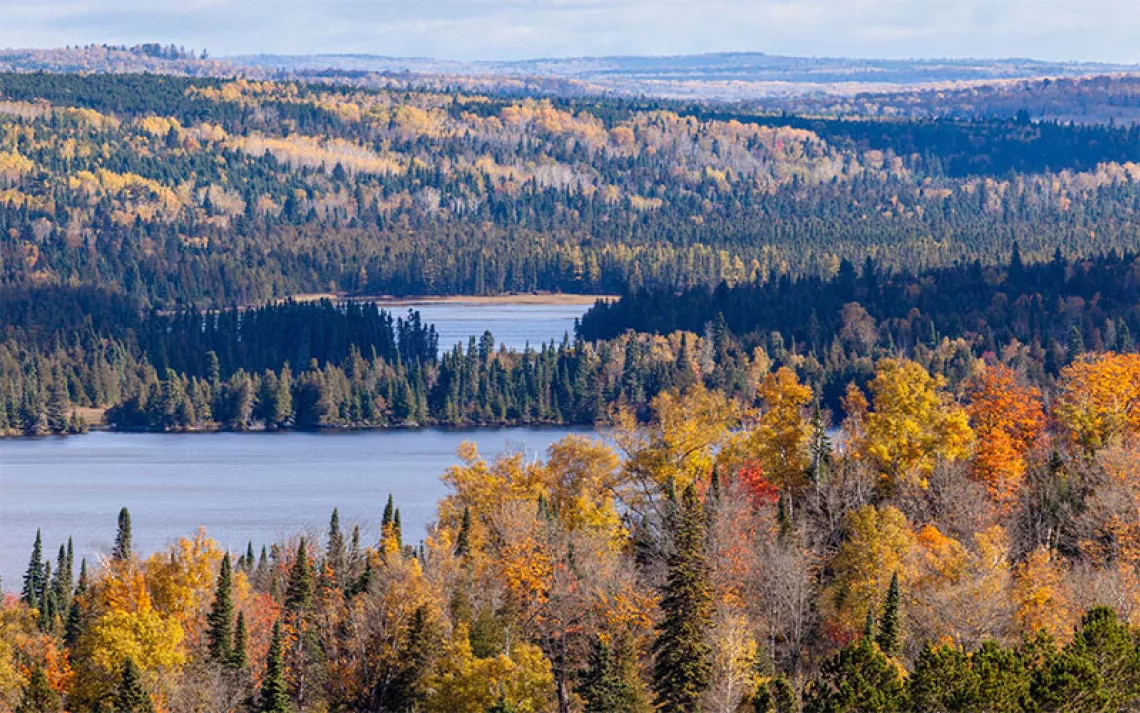Inherit the Dust

Photo by Lori Eanes
From Ethiopia to Mozambique, residential development is wiping out megafauna in East Africa as more and more people spread out from towns and cities into rural areas. Over the course of only a few years, much of the continent’s eastern region has become inhospitable to the elephants, lions, and rhinos that once called it home. Photographer Nick Brandt’s latest book, Inherit the Dust (2016), highlights the detrimental impact that the region’s expanding urban sprawl has had on its magnificent wildlife.
In a series of poignant panoramas, Brandt documents landscapes that have been forever-changed by urbanization, including quarries, new factory sites, and wastelands. At each location, Brandt erected life-size portraits of the region’s most iconic wildlife and then photographed the installations in their newly-urban surroundings. Mountain ranges and clouds in the large-scale animal portraits align seamlessly with the surrounding landscapes across time and space. Brandt's execution is so flawless that an inattentive observer might be fooled into thinking she is looking at a real animal in its natural habitat, rather than a built-in photograph of an animal displaced by urban development. In one scene, a photograph of a majestic lion is perched atop a trash heap, surrounded by people foraging for food scraps. Another image shows a group of young boys beneath an underpass, gathered around a portrait of an elephant family (you can see this photo and others from the collection in this slideshow).
Like Brandt’s previous work, which Sierra featured in 2014, Inherit the Dust is intended as a call to action. The photographer writes in the book’s opening essay: “We have a moral and humane imperative to protect the earth and its creatures.”
WHAT YOU CAN DO:
In 2010, Brandt co-founded a nonprofit called the Big Life Foundation to create economic incentives for people to help preserve wildlife. The organization employs members of local Maasai communities to protect animals within the 2 million acre Amboseli ecosystem. Visit the foundation's website to learn how you can help.
 The Magazine of The Sierra Club
The Magazine of The Sierra Club






